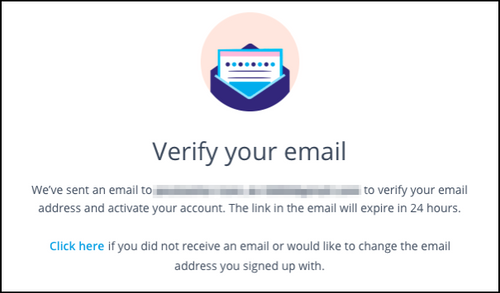Email verification is a fundamental aspect of modern digital security and user validation. Ensuring that users provide a valid email address and confirming its authenticity through an email verification code is crucial for safeguarding user data and preventing fraudulent activities. In this comprehensive guide, we'll explore the ins and outs of email verification codes, providing you with best practices and code samples to help you implement this vital security feature effectively.
Chapter 1: Understanding Email Verification Codes
- Email Verification: A Necessity in the Digital Age: The role of email verification in online security.
- The Anatomy of an Email Verification Code: Components and purpose of a verification code.
- Why Secure Email Verification Matters: Real-world implications of weak email verification.
Chapter 2: Building an Email Verification Code
- Basic Components of an Email Verification Code: The critical elements your code must include.
- Generating a Secure Random Code: Ensuring unpredictability for enhanced security.
- Code Expiration and Time Limits: Setting expiry periods for verification codes.
Chapter 3: Best Practices for Email Verification Code Generation
- Coding for Security: Strategies for preventing code tampering and misuse.
- User Experience Matters: Balancing security with user-friendliness.
- Logging and Audit Trails: Monitoring and tracking verification attempts.
Chapter 4: Code Samples for Email Verification
- JavaScript Email Verification Code Sample: A step-by-step guide with code examples.
- Python Email Verification Code Sample: Demonstrating code implementation in Python.
- PHP Email Verification Code Sample: Crafting email verification codes using PHP.
Chapter 5: Common Questions About Email Verification Codes
- What is the purpose of an email verification code?
- How do I prevent brute force attacks on email verification codes?
- Can I customize the appearance of the verification email?
Chapter 6: Implementing Email Verification Codes in Real-World Scenarios
- User Registration: Enhancing security during user sign-up processes.
- Password Reset: Utilizing verification codes to ensure secure password changes.
- Two-Factor Authentication (2FA): Strengthening account security with verification codes.
Chapter 7: Email Verification Code Best Practices for Businesses
- Building Trust with Users: The importance of transparent and secure verification.
- Compliance with Data Protection Laws: Navigating regulations like GDPR.
- Continuous Improvement: Keeping your email verification codes up-to-date.
Chapter 8: Securing Your Online Presence
By mastering the art of creating robust email verification codes, you're not only enhancing security for your users but also safeguarding your online platform against unauthorized access and potential data breaches. Email verification codes play a pivotal role in building trust, complying with legal requirements, and delivering a secure and seamless user experience.
Conclusion: Elevate Your Code for Enhanced Security
As you delve into the realm of email verification codes, you're taking a significant step toward ensuring the safety and integrity of user data in the digital age. By adhering to best practices and utilizing the code samples provided, you can create email verification systems that protect your users, your platform, and your reputation.
Whether you're a seasoned developer or just embarking on your coding journey, this guide equips you with the knowledge and tools needed to master email verification codes and bolster your online security.



